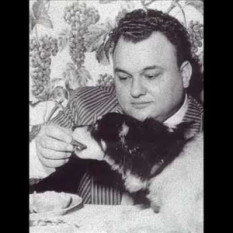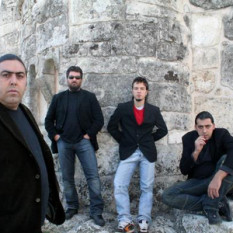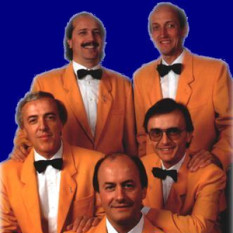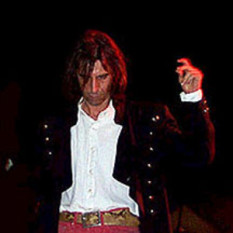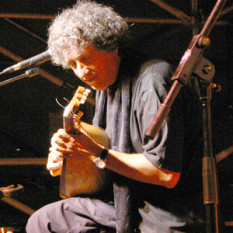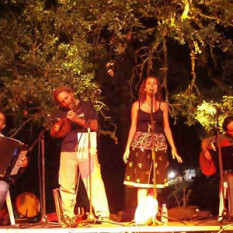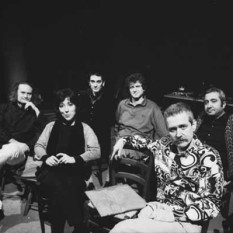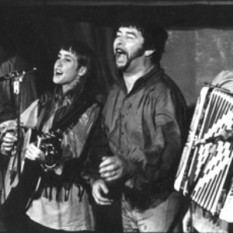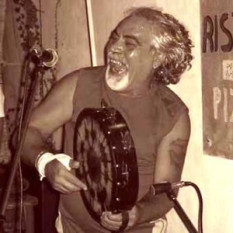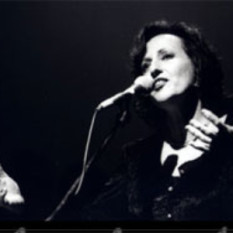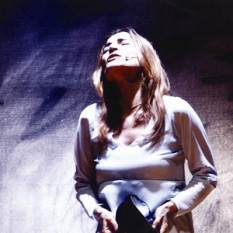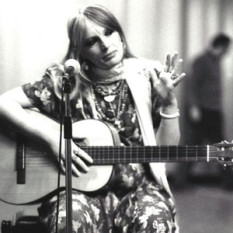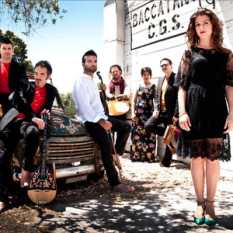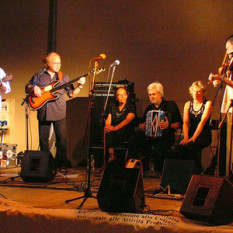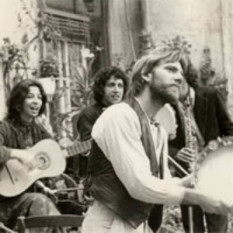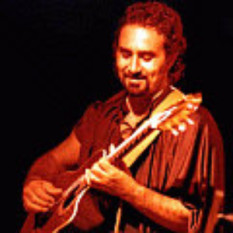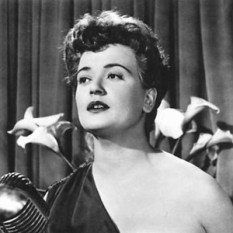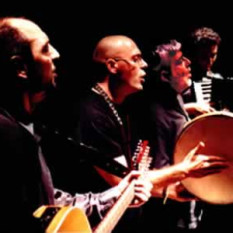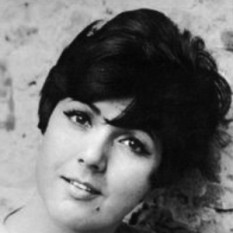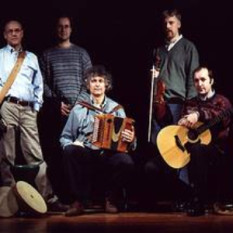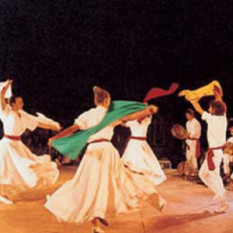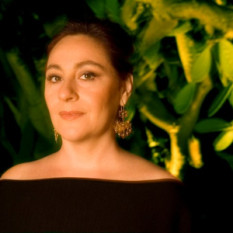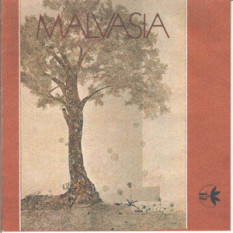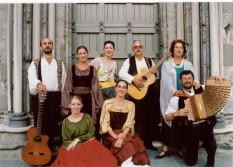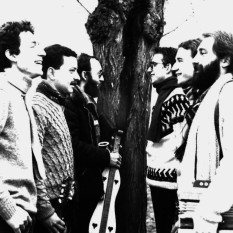Italian folk music has a deep and complex history. National unification came quite late to the Italian peninsula, so its many hundreds of separate cultures remained un-homogenized until quite recently compared to many other European countries. Moreover, Italian folk music reflects Italy's geographic position at the south of Europe and in the center of the Mediterranean Sea: Arabic, African, Celtic, Persian, Venetian, Roma, and Slavic influences are readily apparent in the musical styles of the Italian regions. Italy's rough geography and the historic dominance of small city states has allowed quite diverse musical styles to coexist in close proximity.
Today, Italy's folk music is often divided into several spheres of geographic influence, a classification system proposed by Alan Lomax in 1956 and often repeated since. The Celtic and Slavic influences on the group and open-voice choral works of the north contrast with the Arabic, Greek, and African influenced strident monody of the south. In central Italy these influences combine, while indigenous traditions like narrative and ballad singing remain. The music of the island of Sardinia is distinct from that of the rest of Italy, and is best known for the polyphonic chanting of the tenores.
The modern understanding of Italian folk music has its roots in the growth of ethnomusicology in the 1940s and 1950s and in the resurgence of regionalism in Italy at the time. The Centro Nazionale di Studi di Musica Popolare (CNSMP), now part of the Accademia Nazionale di Santa Cecilia, was started in 1948 to study and archive the various musical styles throughout Italy. In the 1950s, a number of important field recordings were conducted by American Alan Lomax and Italians Diego Carpitella, Franco Coggiola, Roberto Leydi among others. Toward the end of the decade, a special effort was made to capture the folk traditions of the Meridione (southern Italy), including an important study by Carpitella and anthropologist Ernesto de Martino of the tarantella.
The early 1960s saw the rise of social and political popular music, including a vast number of releases by the I Dischi del Sole label. Several important groups had their birth around the same time, including Cantacronache in 1958 and the Nuovo Canzoniere Italiano (NCI) in 1962. The NCI was an assemblage of musicians and composers including Giovanna Marini that made its first major public appearance at the 1964 Spoleto Festival dei Due Mondi and generated a large number of records and concerts.
The Italian folk revival was accelerating by 1966, when the Istituto Ernesto de Martino was founded by Gianni Bosio in Milan to document Italian oral culture and traditional music. With the emergence of the Nuova Compagnia di Canto Popolare in 1970, the notion of a musical group organized to promote the music of a particular region (in this case, Campania) was clearly gaining momentum. Many of the best known Italian folk revival bands got their start in the following decade, including La Lionetta (1977), La Ciapa Rusa (1978), Re Niliu (1979), Calicanto (1981), and Baraban (1983). .

